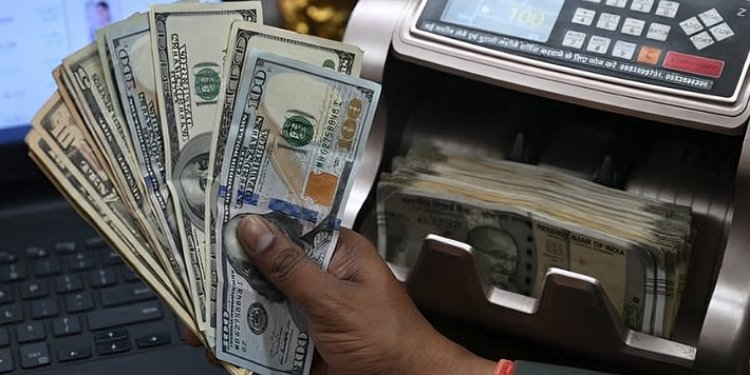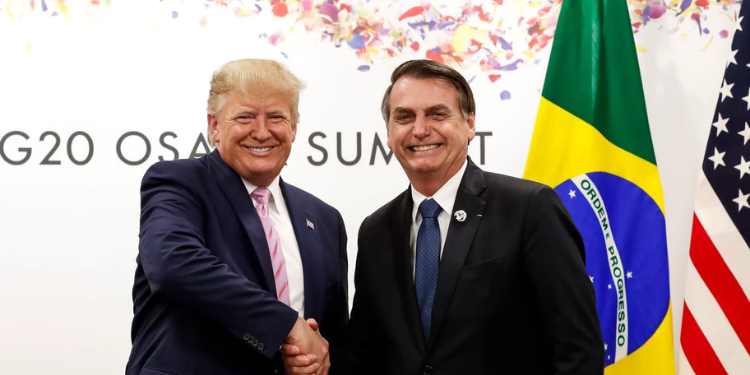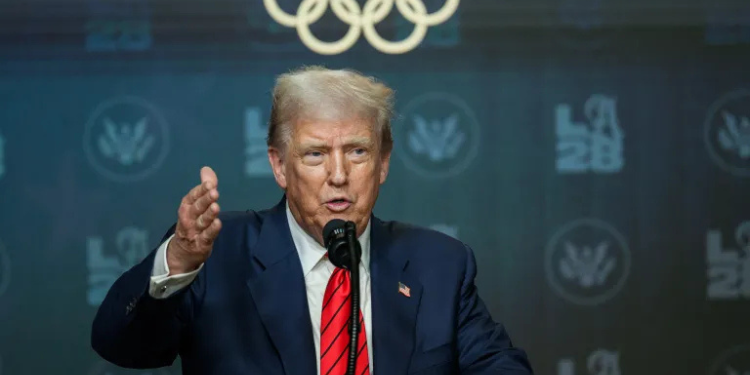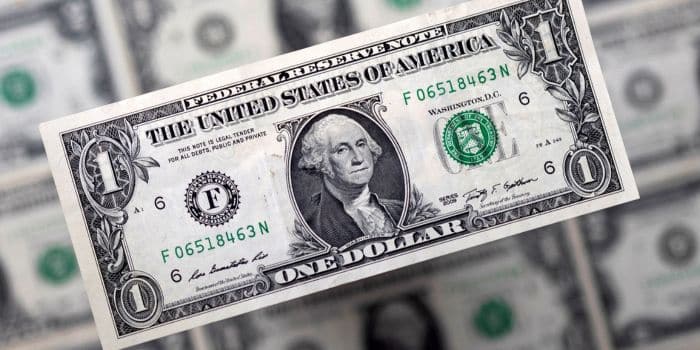Some recent moves by the governments of China and India have highlighted a growing trend in the global economy: ditching the US dollar for other currencies.
The US dollar has been the world’s “reserve currency,” used for international trade, for decades, but with trade tensions between the US and other countries on the rise, some countries have made moves to reduce their reliance on the dollar and diversify the currencies being used to buy and sell goods across borders.
Most recently, China stepped up its efforts to make the Chinese yuan a major currency for global trade. According to a report at Reuters, China’s State Council is working on a plan to increase the usage of the yuan globally.
The plan will reportedly include targets for the usage of the yuan on global markets, and the Council is also looking at allowing the creation of yuan-backed stablecoins. A stablecoin is a cryptocurrency that is tied to the value of a traditional currency.
Meanwhile, India’s central bank has loosened the rules on the use of the rupee in international trade. The country’s banks will no longer need prior approval to open special bank accounts, known as Rupee Vostro Accounts, that allow foreign banks to do business in rupees.
The moves by China and India come amid ongoing tensions between the US and its trade partners, triggered by President Donald Trump’s move to impose tariffs on goods imported from outside the US.
One impact of the trade war has been a sharp slump in the value of the US dollar. The US currency has fallen by roughly 11% against other currencies since the start of the year, when Trump began his second term in the White House. Currency traders expect that the world will need fewer dollars as trade with the US declines. However, the value of the US dollar still remains within its historical range.
So is the US dollar on its way out? Below, we’ll take a look at what’s happening with the dollar as a reserve currency, and what its decline could mean for the US and the world outside the US.
How real is ‘de-dollarization’?
Some economic experts have started talking about “de-dollarization,” a shift away from the US dollar as the reserve currency. And it is, in fact, the case that the US dollar is being used less and less for international trade.
But that trend didn’t begin with Trump’s tariffs. It’s been happening slowly for some time, and it’s the result of major trends in the global economy, such as the rise of China as an economic superpower and the growth of economies like India, Indonesia, Thailand, and others.
The result is that the US dollar has been shrinking in importance for decades. In 1999, the USD accounted for 71% of foreign exchange reserves (the assets held by central banks to make foreign trade possible). By 2024, that had shrunk to around 58%.
But the diversification away from the dollar has been broad-based; lots of different currencies and assets are replacing it, and no new contender for a global reserve currency has appeared.
For instance, the euro, which has long been the second-biggest reserve currency after the dollar, hasn’t seen its share of exchange reserves increase in recent years. It’s been hovering around 20% of global exchange reserves for years.
The Chinese yuan doubled its share between 2016 and 2022, but it’s still a very small share, going from around 1% of foreign exchange reserves in 2016 to just under 3% in 2022. And since then, its share has declined slightly.
All this means that the US dollar will continue to be the heavyweight currency globally, for the simple reason that the world hasn’t settled on an alternative. Nonetheless, over time, we can expect global trade to continue slowly shifting away from the US dollar, and that will change the dynamic of the global economy.
Also Read: Euro Hits Highest Point Against the US Dollar Since 2021
What a declining US dollar means for the US
Less demand for the US dollar will mean that it will fall in value against other currencies. As that happens, US consumers and businesses will feel the pinch.
The US imports a lot of the goods it consumes, and as the dollar falls in value, the price of imported goods will go up. The US can expect to see inflation rates that are higher than they otherwise would have been.
On the other hand, a lower US dollar will mean that US labor is cheaper on the global market, and that will make it more attractive for businesses to set up shop and hire in the US.
So a weaker dollar could actually help Trump achieve his goal of “bringing back” jobs to the US from abroad.
Also Read: Trump Gamble Starts Paying Off as Dollar Edges Up Against the Euro and Yen
What a falling US dollar means for the world
As the US dollar falls, the value of exports sent to the US will decline. Businesses and countries that export heavily to the US will see a drop in revenues, and they will have to look to other markets to make up the difference.
Global investors will also feel the pinch. Many households, institutional investors, and pension plans around the world are heavily invested in US stocks and bonds.
As the dollar falls, the value of those investments will fall along with it. That could mean losses for investors, who will have to look to other markets to invest in.
On the flipside, this could strengthen stock markets and businesses in other parts of the world, such as Europe and Asia. As investors shift their cash into those markets, businesses will have more money to grow, and this will mean more job growth.
It will also be in the interest of major exporters like China to grow the consumer markets in less developed countries. That could mean major investments in places like Africa, the Middle East, and Latin America.
Overall, the impact of a declining dollar will be that the US will become poorer compared to the rest of the world, and the rest of the world will become richer compared to the US – though how big this change will be, and when it will happen, is hard to predict.
Follow our WhatsApp Channel and X Account for real-time news updates.

















![Billions Each Top Kenyan Bank Has Made So Far In Profits This Year [List] Q3 2025 Results For Equity, Kcb, Co-Op, Absa And Other Banks]( https://thekenyatimescdn-ese7d3e7ghdnbfa9.z01.azurefd.net/prodimages/uploads/2025/11/C0-OP-KCB-Equity-Absa-360x180.png)

























































